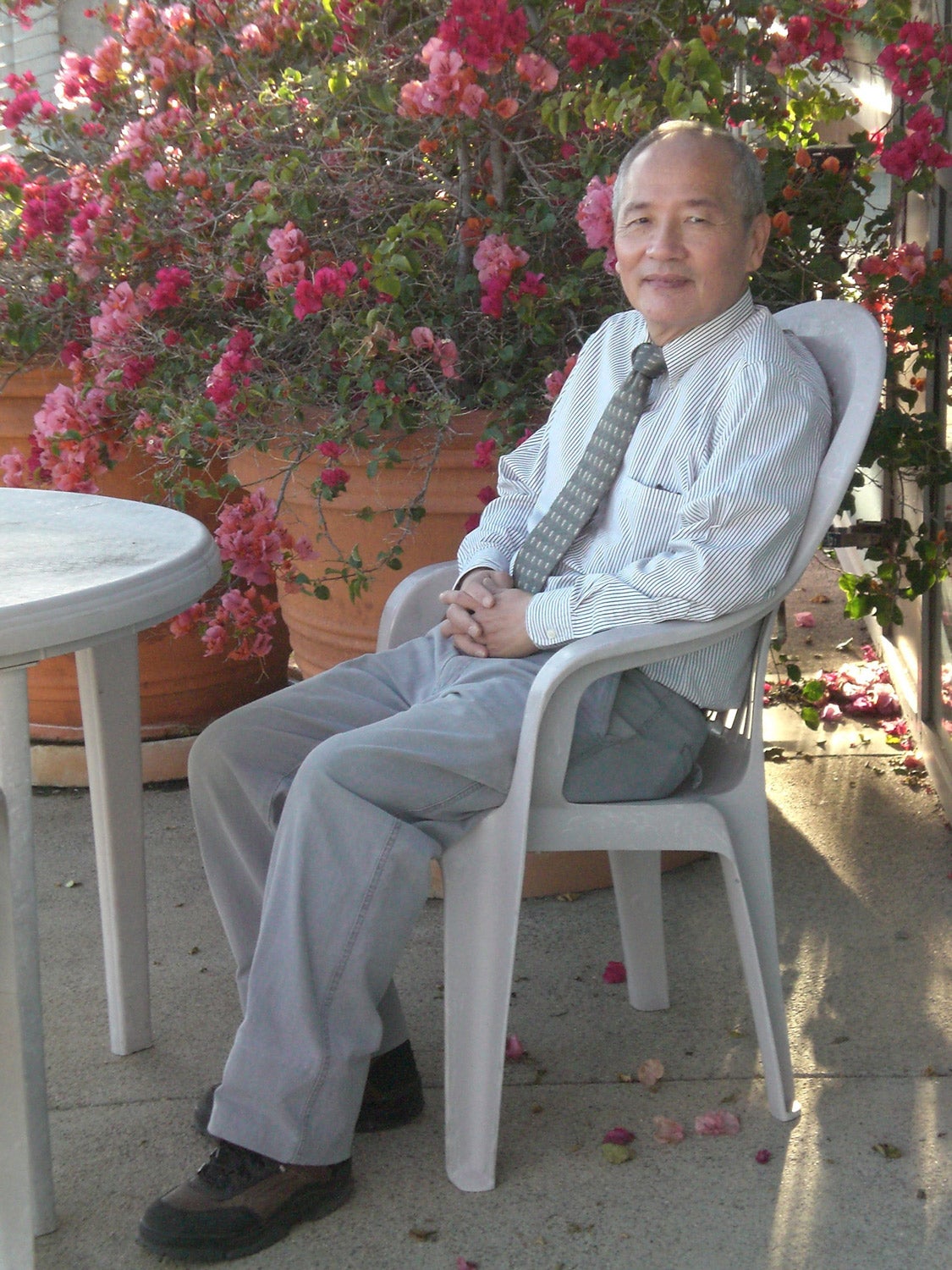
Astro Fascinations: Joan Najita
Joan Najita is an astronomer at the National Optical Astronomy Observatory in Tucson, Arizona
What fascinates you about being an astronomer?
It’s a lot of fun to think up ways to explore our origins using remote sensing tools such as astronomical observations. And then I get to go and try them out. My cousin once said that she didn’t like science because it isn’t very creative. Of course, I politely disagree. Science is an exciting, creative enterprise with the potential for thrilling discoveries. Sure, it has a lot of rules, but that helps you to figure things out. It’s like trying to work in the medium of haiku poetry. People can express some cool (and sometimes beautiful) ideas using the medium’s structure.
Getting to know Frank Shu
Frank Shu is a theoretical astrophysicist and professor for the University of California system and president emeritus of the National Tsing Hua University in Taiwan
Most innovative research being done in your field right now: When you reach my age, you realize that research interest in astronomy tends to run in cycles. Right now, we’re in a phase where the two hottest subjects in the field are cosmology and extrasolar planets. Both appeal to the deep-seated urge in humans to find our own origins and place in the grand scheme of all things. But planets have their origins as a byproduct of star formation, whereas the births of stars gain context within the larger problem of the interstellar medium of galaxies, and galaxies result from the process of large-scale structure formation in the universe. This interconnection makes it counter-productive, I believe, to put too much emphasis on notions such as “hot subjects” or “most promising research areas.” In fact, one never knows from where the next breakthrough will appear.
Scientific inquiry grew out of philosophy because the Greek philosopher Anaxagoras had the curiosity to wonder whether a hot rock that fell from the sky might have come from the Sun. He was totally wrong in that speculation, but it put him on track to try to determine the distance to the Sun. He got that wrong, too (what he measured was actually the radius of a curved Earth), but it put others that followed onto the track of thinking about the Sun as a physical object (a hot flaming stone according to Anaxagoras) rather than as a deity.
Who would have imagined that the fall of a meteorite could have produced such a river of thought or would have triggered such an important chain of events as to lead to the birth of natural philosophy and modern science? What proved more important than getting the right answer was getting the right process. And that we owe to Anaxagoras’ curiosity — to human wonderment at natural occurrences, often over the most arcane matters. So my advice to budding young readers is to worry less about “hot areas,” and to follow more your own interests and the things that most provoke your own intense curiosity.
Other great career moments: I’ve been fortunate in my scientific career to have experienced several exhilarating moments:
-The announcement in 1972 from work done on the Westerbork Radio Synthesis Telescope that the spiral pattern of radio synchrotron emission in the Whirlpool Galaxy (M51) supported the ideas of density wave theory, a theory to explain spiral arm structure of spiral galaxies that C.C. Lin and I had proposed in the mid-1960s.
-Voyagers I and II images in the1980s that showed Saturn’s rings had incredible fine-structure, which only a few theorists (notably, Peter Goldreich, Scott Tremaine, and our own group) had anticipated.
-The observational findings during the 1990s that the picture I had developed with students and co-workers about the inside-out collapse of rotating, magnetized, molecular cloud cores as the mechanism that produces Sun-like stars, protostellar accretion disks, and protostellar jets, is basically correct.
-Comet Wild sample return discovery in 2004 that the dust from comets is not the pristine stuff that most astronomers had envisaged, but consists of many chondrule and refractory-inclusion fragments that my co-workers and I had predicted would be the case in 1996 in our application of X-wind theory to primitive meteorites. X-wind theory states that the solar system formed from the gravitational collapse of a gas and dust disk that created the Sun in a burst of high-impact sculpture while also winging off objects across vast distances on a blast of energy called the X-wind.
Other goals for your field: Astronomy is the purest of the sciences, and astronomers are justifiably proud that our subject is driven by the purest of motivations — the quest to know what is knowable. This purity, plus the incredible wealth of fascinating and beautiful pictures of natural phenomena that our subject generates (and which your magazine so prominently features), makes us wildly popular with that purest and most curious subset of the human race — young schoolchildren. We must never forget the responsibility that goes with being the source of such inspiration to young minds. They represent our best hopes for a future in which science and technology will play an ever more important societal role.
Proudest moment in your life: When my wife accepted my hand in marriage.
Favorite things to do in your spare time: Play tennis, shoot pool (or better, play billiards), play poker, go out to good restaurants, go to the opera (not so much time to do this now), read books, and watch movies.









